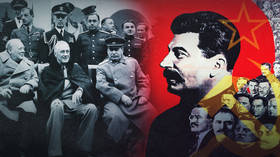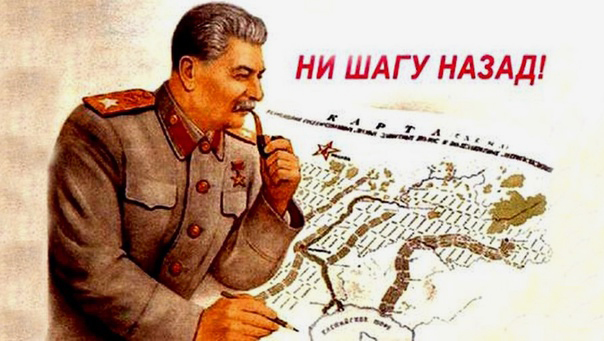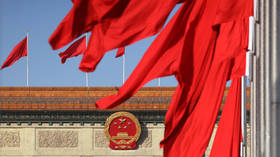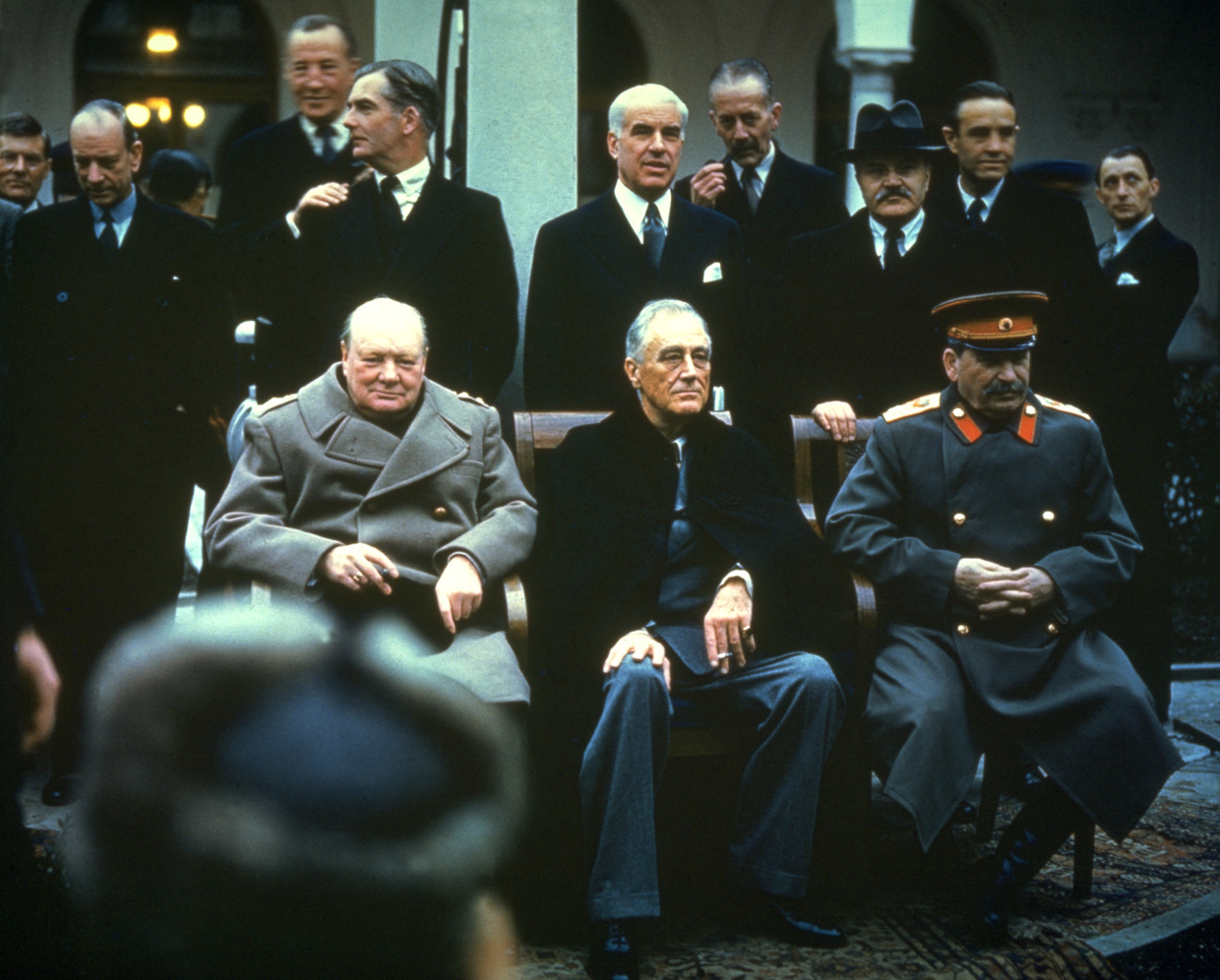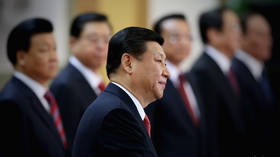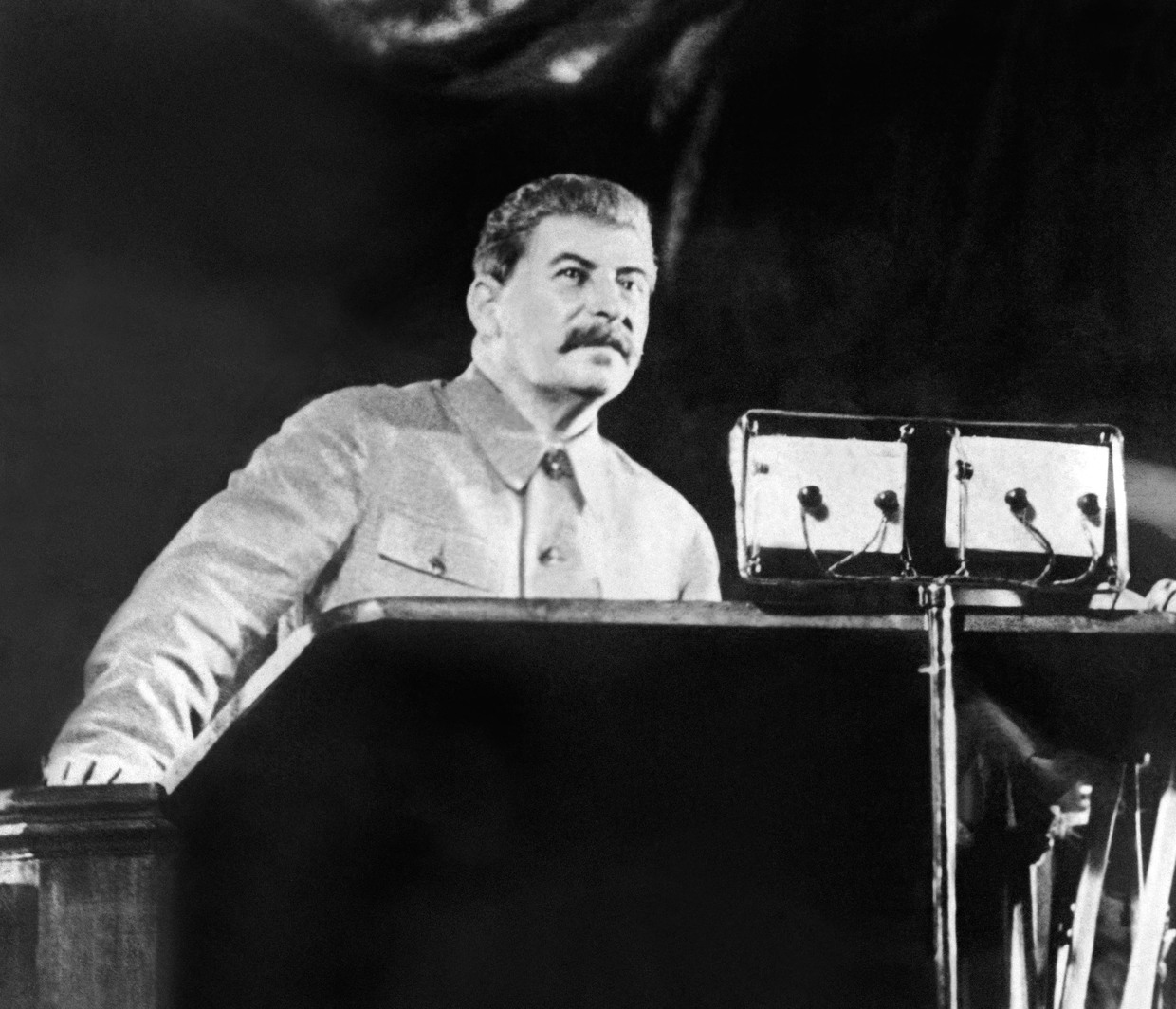NY bank’s demise: Contagion or a problem with the business?
By GEOFF MULVIHILL
Covering state government issues nationally

Customers do business at a branch of Signature Bank in New York, Monday, March 13, 2023. President Joe Biden is telling Americans that the nation's financial systems are sound. This comes after the swift and stunning collapse of two banks that prompted fears of a broader upheaval.
Signature Bank’s collapse came stunningly fast, leaving behind the question of whether there was a fundamental flaw in the way it did business — or if it was just a victim of the panic that spread after the failure of Silicon Valley Bank.
There were few outward signs that Signature Bank was crumbling before the New York Department of Financial Services on Sunday seized the bank’s assets and asked the Federal Deposit Insurance Corp. take over its operations. The FDIC will run it as Signature Bridge Bank until it can be sold.
But leading up the the takeover, there were calls on social media warning depositors to get their funds out of the bank — and those were followed with a real-life frenzy of withdrawals. There hasn’t yet been a public accounting of exactly how much money was withdrawn from the bank with a history of being friendlier than most in the U.S. to the cryptocurrency industry.
“This is not about a particular sector in the case of Signature Bank,” Adrienne Harris, superintendent of the Department of Financial Services, said at a media briefing this week. “But we moved quickly to make sure depositors were protected.”
The department has described the New York-based financial institution as a “traditional commercial bank,” but its two-decade history was certainly unconventional.
Signature catered to privately held businesses and their owners and executives. It became one of the 20 largest banks in the country that way, based on deposits. By the same measure, it was also the third largest U.S. bank to fail, after Washington Mutual’s collapse in 2008 and Silicon Valley Bank’s demise last week.
Founded in 2001, it was a major lender to New York City apartment building owners. Clients included former President Donald Trump and the family of his son-in-law and former White House adviser, Jared Kushner. Trump’s daughter, Ivanka, who also became a key Trump administration adviser, was on the bank’s board of directors from 2011-13, before her father’s run for president.
She wasn’t the only high-profile member of the board. Over the years, two former members of Congress also served on it: Sen. Alfonse D’Amato, a New York Republican, and Rep. Barney Frank, a Massachusetts Democrat who was a co-author of the landmark 2010 legislation that overhauled regulation of the financial industry.
Signature also made loans to New York taxi drivers seeking medallions, a part of the business that struggled as ride-sharing services such as Uber and Lyft took off and the value of medallions fell.
Unlike most U.S. banks, it was also friendly to cryptocurrency businesses, becoming the first FDIC-insured bank to offer a blockchain-based digital payment platform in 2019.
Partly because of crypto, the bank’s deposits grew by 67% in 2021. But last year, as the crypto exchange FTX crashed and declared bankruptcy, Signature pulled back. Its deposits over the year declined by $17 billion, or nearly 17%. The bulk of that was because of what the bank called a “planned reduction” in crypto-related assets.
In a January earnings release, Joseph DePaolo, then Signature’s CEO, said the bank planned to expand geographically.
“We see growth on the horizon,” DePaolo said.
Even as he made the prediction, the bank’s stock was falling amid crypto struggles and a broader stock market slump. After hitting a high of $365 in early 2022, the bank’s stock plunged to less than one-third that value by late February of this year. The freefall began this month until trading was halted on March 10 with the stock sitting at $70.
Until it was shuttered, it had been a go-to bank for the crypto industry. Konstantin Shulga, co-founder and CEO of Cyprus-based Finery Markets, which connects cryptocurrency businesses with banks and other businesses, said that many of his firm’s clients banked with Signature or Silvergate Capital, which last week voluntarily shut down its bank, warning it could end up “less than well capitalized.”
Shulga said that having so few banks catering to the cryptocurrency industry is a problem.
“Because of this concentration, both parties failed,” he said. “The clients failed because they were only forced to operate within these two banks, and the banks failed because they were not able to pick up more business from other areas to diversify.”
The other problem, he said: Social media accelerated the run on Signature deposits.
Twice in March, Signature took the uncommon step of issuing financial updates as depositors fled Silicon Valley Bank, which was taken over by regulators two days before Signature was.
It said that as of March 8, 80% of its deposits came from “middle market” businesses including law and accounting firms, healthcare companies, manufacturers and real estate management firms.
But it also shared had one key characteristic with Silicon Valley Bank, which was a major player in financing the tech industry: a high portion of uninsured domestic deposits. Signature Bank was fourth in that category as of the end of 2021, with nearly 90% uninsured. Silicon Valley Bank was second. Uninsured deposits are amounts above the FDIC insurance limit of $250,000 per individual account. Only after the bank was taken over did the FDIC waive the insurance cap for depositors in both it and Silicon Valley Bank.
In the meantime, the bank’s reassurances did not slow the withdrawals, which picked up Friday and then continued into the weekend, until regulators stepped in.
Frank, the former congressman, called it “an unjustified total shutdown” and said he believed it came about because New York banking officials wanted to send a message to banks to stay away from the crypto business. He said that things were stabilizing.
The state regulatory agency that shut it down rejected that claim and pointed to what bank executives did as withdrawals continued to mount.
“The bank failed to provide reliable and consistent data, creating a significant crisis of confidence in the bank’s leadership,” an agency spokesperson said in an email.
A spokeswoman for the bank’s former leaders declined to respond, but Frank said that the numbers were changing because the situation was shifting.
An autopsy of the bank could play out in court.
This week, a shareholder filed a lawsuit in U.S. District Court in Brooklyn claiming the bank and its executives misrepresented the facts with its two assurances this month that the business was healthy.
“We intentionally maintain a high level of capital, strong liquidity profile and solid earnings,” Eric Howell, then Signature Bank’s president and chief operating officer, said in a statement March 9, three days before the bank in its old form ceased to exist, “which continues to differentiate us from competitors, especially during challenging times.”













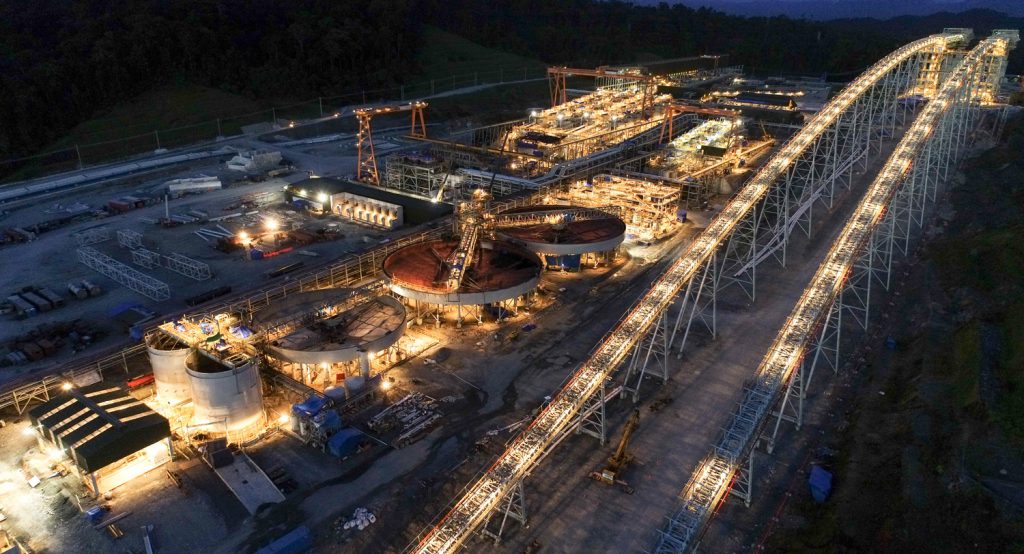



%20deputy%20director,%20Amy%20Pope.JPG)
